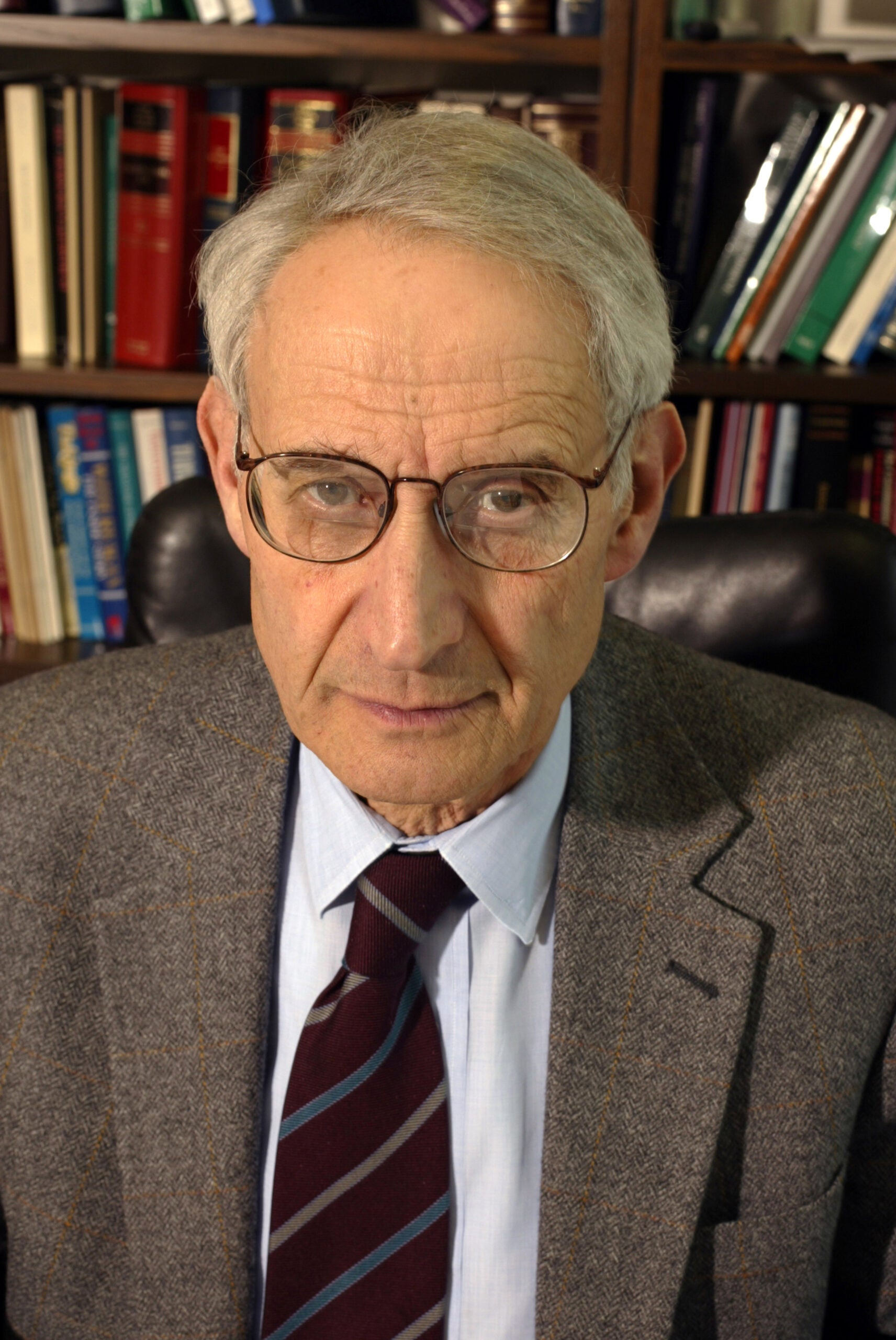The following op-ed written by Harvard Law School Professor Charles Fried, “Another predictable Supreme Court,” appeared in the June 19, 2009, edition of the Boston Globe.
In April I taught a class to Judge Sotomayor’s student interns and then accompanied her to dinner. That encounter confirmed what is generally said about President Obama’s first nominee to the Supreme Court: She is intelligent, serious, hardworking, and experienced. She should and surely will be confirmed in spite of the rather silly fuss about her “Latina woman’’ remarks. However, I expect that her presence will change very little on the court. And that is a bit depressing.
For the last 35 years there has been a persistent oscillation of 5-to-4 decisions in politically charged cases before the court: the death penalty, school prayer, financial assistance to church-affiliated schools, racial preferences in employment, the allocation of power between states and the national government, the rights of detainees in the war on terror, the Second Amendment, and the poisonous issue of abortion. It is rather like listening in on the endlessly repeated arguments in a long but not entirely happy marriage.
With each new court appointment, hopes were raised that there would be a reliable and definitive swing to one side or another. But this has not happened and the pattern persists. President Clinton’s appointees have maintained predictable adherence to this pattern, but it is some of the appointments by Republican presidents who have disappointed partisan expectations: President Ford’s lone appointment, John Paul Stevens – now a vigorous and acute 89-year-old – and George H.W. Bush’s first appointee, David Souter (whose seat the new nominee will fill), have been predictable stalwarts of what is referred to as the left wing of the court. Two of President Reagan’s appointees, Sandra Day O’Connor (now retired) and Anthony Kennedy, oscillated between one camp and the other, making for the oscillation of the court as a whole. Experienced advocates have often rightly believed that they were arguing to an audience of one, or at most two.
As the Senate is poised to confirm Obama’s creditable nominee, I pause to consider the many jurists who were not nominated to the court. The most striking examples are Judges Learned Hand (1872-1961) and Henry Friendly (1903-1986). These legendary jurists – great stylists and powerful, independent thinkers – are accorded a status in the profession that none of the incumbents in the past decades is likely to attain. Among jurists who were not judges, Harvard Law Professor Paul Freund enjoyed a reputation for learning and wisdom equal to Hand’s and Friendly’s.
Moving to more recent times there are Richard Posner, Michael Boudin, and Pierre Leval, whose opinions illuminate large swaths of the law and who cannot be pigeon-holed in the way that those who have actually served during this time can be.
Among younger figures I think of Merrick Garland, a federal Court of Appeals judge appointed by President Clinton, and Elena Kagan, a former dean of Harvard Law School and now solicitor general. I cannot imagine either of them falling into the now-familiar and dreary 5-to-4 patterns. And Cass Sunstein, a legal scholar and nominee to a post in the Obama White House, has shown in his voluminous writings a freshness, rigor, and unpredictability that also would break the mold. A committed Democrat, he has written about the efficacy of the death penalty, excessive responses to environmental and other risks, and even suggested that President Bush’s eavesdropping program was within a president’s traditional powers to monitor enemy signals intelligence.
Why have such powerful and independent thinkers not been nominated? I suspect it is because the court has come to be seen as such a prominent political actor, that each nomination is also seen as adding a vote – if the Senate will allow it – to one or another political project, most emblematically the expansion or contraction (if not overruling) of Roe v. Wade. And, of course, because the country has been rather evenly split on these controversial projects, politics has not allowed a decisive majority one way or another to be constructed. That surely explains the bitter confirmation battle over Robert Bork and the relative easy time Franklin Roosevelt, after his landslide victory in 1936, had in constructing a court entirely to his liking.
Charles Fried teaches constitutional law at Harvard Law School and was solicitor general during the second Reagan administration.
